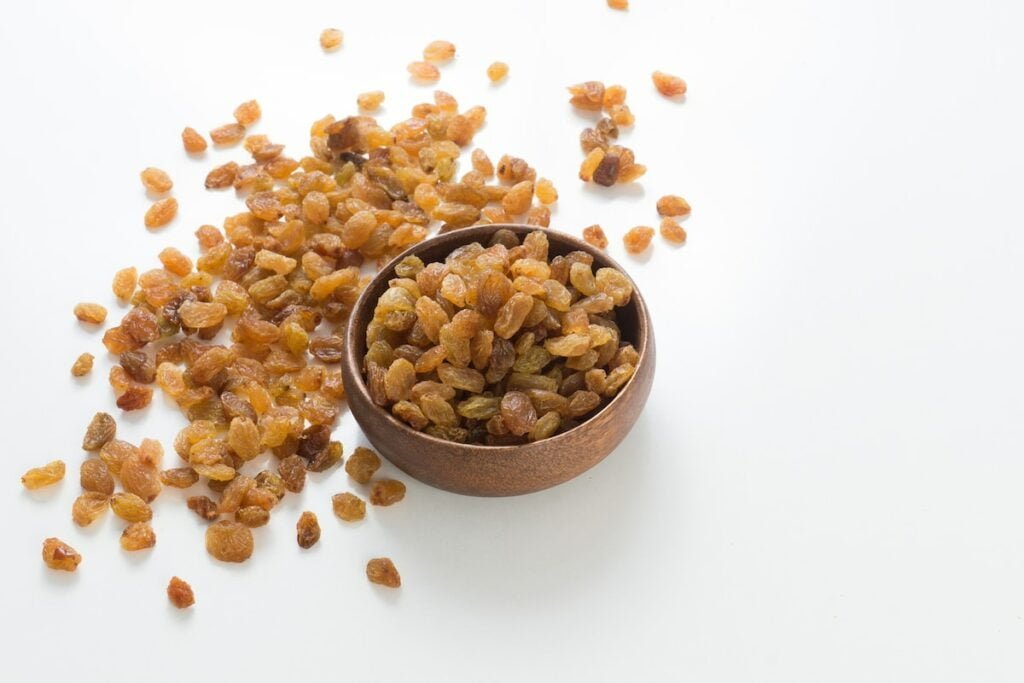Mindful Eating: Breaking the Cycle of Cravings for Comfort Food

We’ve all been there. You open a tub of ice cream with the intention of just having one scoop, but before you know it, you’re scraping the bottom. You unwrap a chocolate bar promising yourself you’ll only eat a piece, but soon find the wrapper empty. It’s the classic tale of comfort food; it’s delicious, it’s soothing, and it’s incredibly hard to resist. But why is this so? Why do we often find ourselves reaching for another biscuit or slice of cake, even when we know we’ve had enough?

The science behind cravings
To understand our relationship with comfort food, it’s important to delve into the science behind it. Foods high in sugar, fat, and salt, like ice cream, chocolate, and biscuits, stimulate the reward centres in the brain. When we eat these foods, our brain releases dopamine, a neurotransmitter associated with feelings of pleasure and reward. This release makes eating these foods a pleasurable experience, often leading to a desire to replicate the feeling, which can result in overconsumption.
The Link Between Comfort Food and Addiction
The same mechanisms that make comfort food so enjoyable also contribute to its addictive potential. When we consistently stimulate our brain’s reward centres with high-sugar, high-fat foods, our brain adapts by reducing its response to these stimuli. This means we might need to consume more of these foods to experience the same level of pleasure – a hallmark of addiction.


Recognizing that overindulgence in comfort food can lead to a cycle of craving and overeating is the first step towards breaking it. Here are some strategies to help maintain moderation:
Mindful Eating: Pay attention to what you’re eating and how much. Savour each bite, appreciating the flavours and textures. This can help you enjoy your food more and feel satisfied with smaller amounts.
Portion Control: Instead of eating directly from the tub or packet, serve yourself a reasonable portion on a plate or in a bowl. Seeing a defined portion can help curb overeating.
Healthy Substitutions: Find healthier alternatives to your favorite comfort foods. For instance, choose dark chocolate over milk chocolate or frozen yogurt over ice cream.
Regular Exercise: Physical activity can help regulate your mood and reduce food cravings. It also increases your metabolism, helping you burn off any extra calories you might consume.
Seek Professional Help: If you feel that your relationship with comfort food is spiralling out of control, it may be helpful to seek the advice of a nutritionist or a psychologist. They can provide personalized advice and strategies to help you manage your cravings.
Comfort food, while delicious and soothing, can also lead to a cycle of overindulgence and potential addiction. However, by understanding the science behind these cravings and practising mindful eating for moderation, we can enjoy our favourite foods without letting them control us. Remember, it’s all about balance.
Do you want to share your story and inspire our readers ? Know that every story is paving the way for a brighter, happier future.





